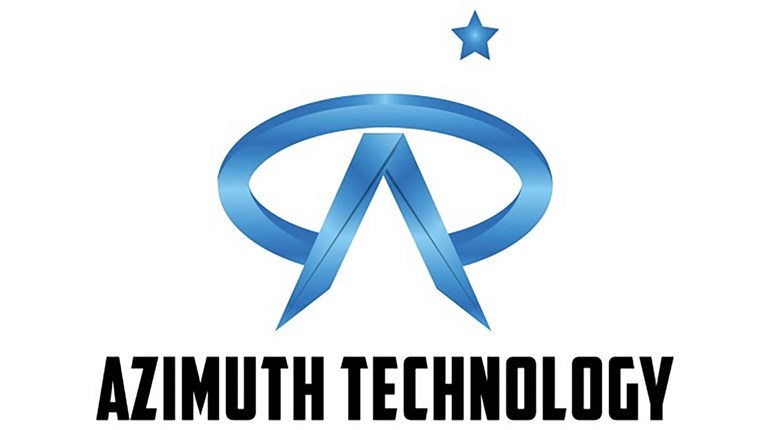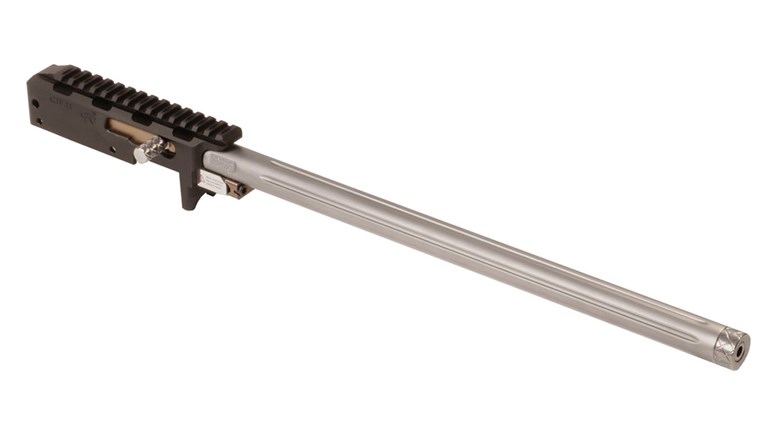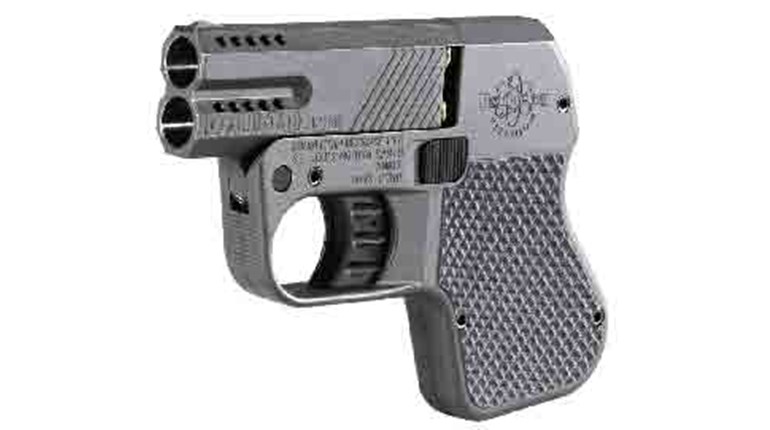
The Colt Commander introduced in 1949, originally chambered in 9 mm, was the first full-size, aluminum-frame pistol to see major production. We asked experts—who don’t expect the heated romance to cool anytime soon—with more than 100 years of experience, what firearm enthusiasts really need to know before they make their next firearm purchase.
In 1954, a committee composed of members of the Aluminum Association—a trade group dedicated to advancing the uses of aluminum and establishing industry standards—created a wrought-alloy designation system for the 75 blends identified at the time. The officially registered list has now grown to more than 500 and sorting out the alphabet soup can seem somewhat daunting.
When asked about the precise alloy used in firearms, Paul Rudmann, Mission First Tactical’s (MFT) design and manufacturing lead—who has 41 years of experience in machining, mold making, injection molding and product development—narrowed the field by explaining, “Typically, the industry uses a mix of 6061, 6063 and 7075. MFT uses 6061 and 7075.”
The list was even shorter from Len Zaiser Sr., chairman emeritus of Azimuth Technology, a company that machines precision firearm parts for more than 100 companies. “A majority is 6061-T6 and 7075-T6. Both are commonly referred to as ‘aircraft grade’.”
With more than 60 years of manufacturing components for the defense and healthcare industries, founding six different companies along the way, Zaiser speaks with authority when noting key differences between the pair of alloys. Foremost is the fact that 7075-T6 is stronger. “7075-T6 has a tensile strength of 83,000 psi, vs. 45,000 psi for 6061-T6—almost twice the strength.”
The fact is worth noting for key components or for enthusiasts who take pleasure in pushing practice sessions to the border of masochism. The “T6” suffix indicates the alloy has been heat treated and aged through a process to earn that temper designation.
Different alloys also partly explain why finishes on parts sometimes don’t quite match—although differing batch dates play a huge role, even with identical raw materials and manufacturers. “Typically, 7075-T6 is Type III Hardcoat Anodized in a limited number of colors—think FDE and black,” Zaiser said. “6061-T6 can be anodized using Type II in almost an unlimited amount of colors. Type II is less durable.”
Why the price difference? “7075-T6 is almost three times more expensive than 6061-T6,” Zaiser explained.
The harder material also requires more CNC time to precisely whittle it into the final product’s shape. “The use of 6061 for extruded products is due to the difficulty of extruding profiles using 7075 as well as the limited number of extrusion providers equipped to produce 7075 extrusions,” Rudmann said. “6061-T6 can be cast, extruded in near-net shapes—think of the outline of a Picatinny rail,” added Zaiser. “7075-T6 typically comes in round bars and plates, but can be forged—uppers and lowers.” That fact makes the latter alloy’s processing speed slightly longer and more abrasive, wearing CNC tools faster.
When asked about companies using the other alloy, Rudmann said, “Other accessory manufacturers use 6063 in their components as it is somewhat more forgiving in the extrusion process, but MFT chooses 6061 for its slightly improved mechanical properties.”
The experts disagreed, however, on quality of offshore raw materials. “The two materials that cannot be trusted coming out of Asia are aluminum and stainless steel,” according to Rudmann. Zaiser said manufacturers, “very rarely see junk aluminum on the market,” although it’s possible he may not have been exposed to the same “bargain basement” sales pitches because his firm’s defense contracts include strict supplier stipulations.
As for the aircraft-grade label, “This is a term developed by marketers,” Rudmann explained. “There is no industry provider of aluminum that will know what you want if you ask for ‘aircraft grade’ aluminum. What aluminum is used in the aircraft industry? 7075”—precisely his recommendation for all high-impact firearm components, even if those other shades of aluminum are attractive to the eye and, of course, the budget.


































